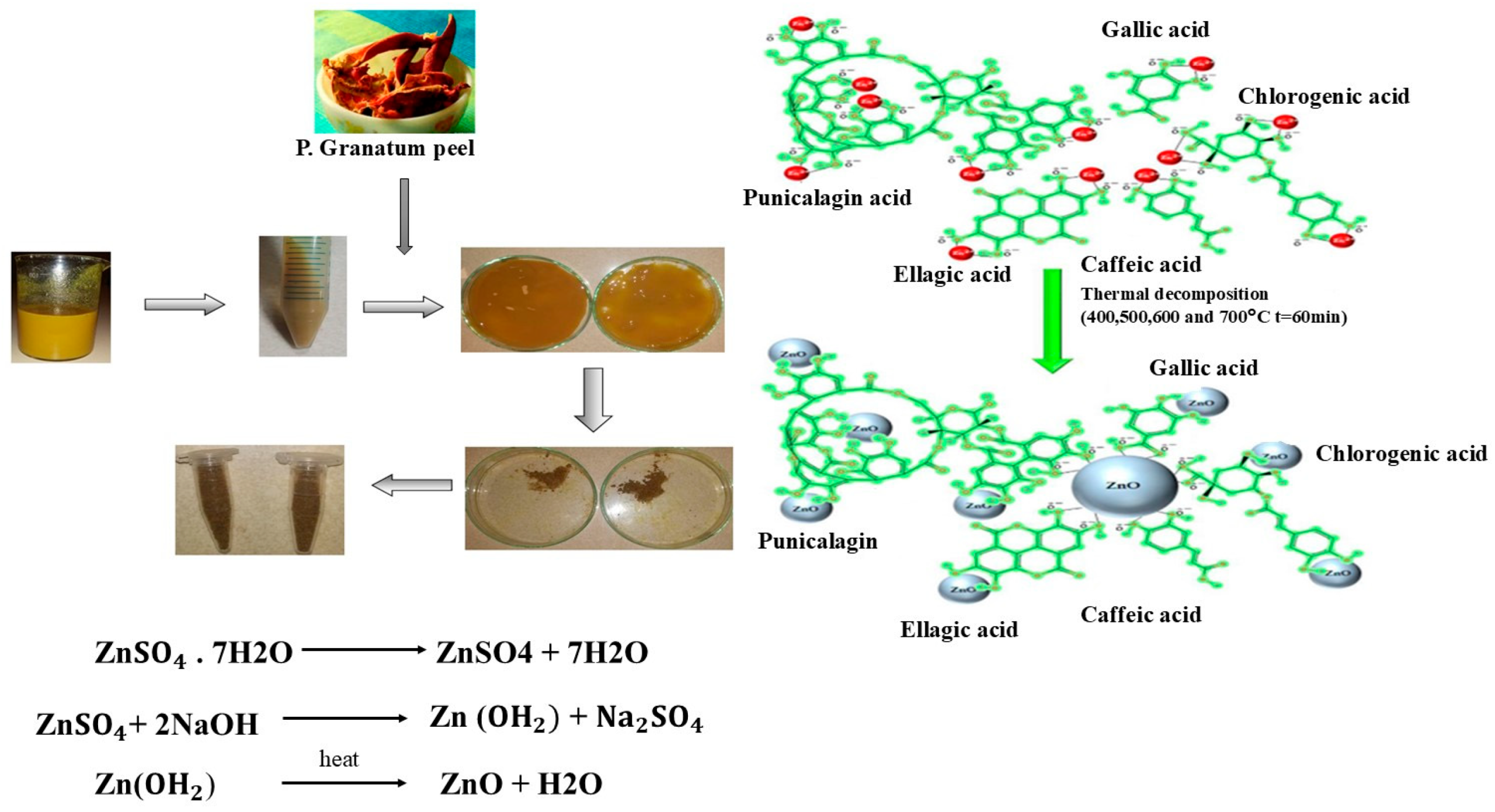Skin aging is an inevitable biological phenomenon often accelerated by chronic exposure to harmful external influences, particularly ultraviolet (UV) radiation, which leads to extrinsic aging, or photoaging. Photoaging causes the deterioration of skin quality through the generation of reactive oxygen species (ROS), activation of matrix metalloproteinases (MMPs), collagen degradation, and loss of elasticity. Additionally, microbial colonization of the skin contributes to premature aging by inducing inflammatory responses and accelerating collagen degradation. Conventional skincare formulations rely on synthetic antioxidants like BHA and BHT, which pose potential health hazards.
While zinc oxide (ZnO) is a long-standing ingredient used for its broad-spectrum UV protection, conventional bulk ZnO suffers from limitations such as a whitish appearance, chalky texture, and potential photocatalytic activity, which generates ROS. Nanoscale ZnO (ZnO NPs) were considered as a solution because they overcome these drawbacks by offering greater transparency, better dispersion, improved photostability, and more efficient UV-blocking capacity, thereby enhancing cosmetic acceptability. To develop a safer, more sustainable, and multifunctional product, the researchers adopted a green synthesis approach. This method utilizes natural materials like the peel of Punica granatum (pomegranate), an abundant agro-waste rich in stable polyphenols (such as ellagic acid, gallic acid, and quercetin). These phytochemicals serve a dual role: acting as reducing and stabilizing/capping agents during nanoparticle synthesis, while simultaneously imparting intrinsic antioxidant, anti-inflammatory, and photoprotective activities that synergistically enhance the cosmeceutical potential of the resulting ZnO NPs.
Methods
Eco-friendly ZnO NPs were synthesized using an optimized green chemistry route involving an aqueous extract of Punica granatum peel, which served as the reducing and stabilizing agent, and zinc sulfate heptahydrate (ZnSO4·7H2O) as the precursor. Optimal synthesis conditions (pH 10, 60 °C, and 5.75% w/v ZnSO4·7H2O) were established using Box–Behnken Design (BBD) optimization. The synthesized nanoparticles were characterized for size, morphology, and structure using DLS, SEM, XRD, and FTIR. Their biological functions, including antioxidant (DPPH), anti-tyrosinase, antimicrobial, and sun protection factor (SPF) performance, were determined via in vitro assays. Finally, in vivo photoprotective efficacy was evaluated through topical application in UVB-irradiated Wistar rat models, followed by histological analysis of skin tissue.
Key Findings
• Physicochemical Properties: The optimized PPE–ZnO NPs exhibited an average hydrodynamic particle size of ~194 nm (PDI 0.33) with a zeta potential of −18.2 mV, indicating moderate colloidal stability. The crystallite size was estimated to be approximately 29 nm.
• Antioxidant Activity: The nanoparticles showed significant free-radical scavenging ability in the DPPH assay, achieving an IC50 value of 52.91 µg/mL.
• Sun Protection Factor (SPF): The PPE–ZnO NPs displayed excellent UV absorption, resulting in a high in vitro SPF value of 29.8. This value exceeds the FDA threshold for effective sun protection (SPF ≥ 15).
• Enzymatic Anti-Aging Activity: The synthesized nanoparticles demonstrated substantial anti-tyrosinase inhibition, reaching 72% at 200 µg/mL, which is comparable to the ascorbic acid reference standard.
• Antibacterial Activity: The PPE–ZnO NPs were effective against pathogenic bacteria, showing inhibition zones up to 19 mm against S. aureus and 17 mm against E. coli.
• In Vivo Anti-Photoaging Efficacy: Topical application of the PPE–ZnO NPs in UVB-exposed rat models resulted in a 69% reduction in mean epidermal thickness and the preservation of dermal collagen fibers when compared to UV controls.
This research successfully established the green synthesis of multifunctional ZnO nanoparticles using Punica granatum peel extract, confirming their promise as a sustainable and effective cosmeceutical material. The novelty lies in leveraging a cost-effective agro-waste product to create a single nanomaterial that offers synergistic UV protection (SPF 29.8), anti-aging (tyrosinase inhibition and in vivo collagen preservation), and antimicrobial properties, addressing the limitations of conventional ZnO and synthetic additives. The high SPF performance combined with strong in vivo anti-photoaging results in a rat model supports the formulation’s potential for comprehensive dermatological defense.
For future implication, researchers must address the current limitation of moderate colloidal stability (ζ = −18.2 mV) through optimization of surface stabilization strategies, such as integrating biocompatible polymers or surfactants, to ensure long-term formulation stability. Furthermore, while anti-tyrosinase and in vivo results are promising, a more comprehensive understanding of the anti-aging effects requires the integration of additional enzymatic assays for targets such as elastase, collagenase, and hyaluronidase. Ultimately, the translation of these laboratory findings into practical products necessitates formulation development into stable creams or gels, along with scaling toward rigorous preclinical and clinical validation.

Figure : Graphical Presentation of the Green Synthesis of ZnO Nanoparticles.
Link to the study: https://www.mdpi.com/2079-9284/12/6/238

